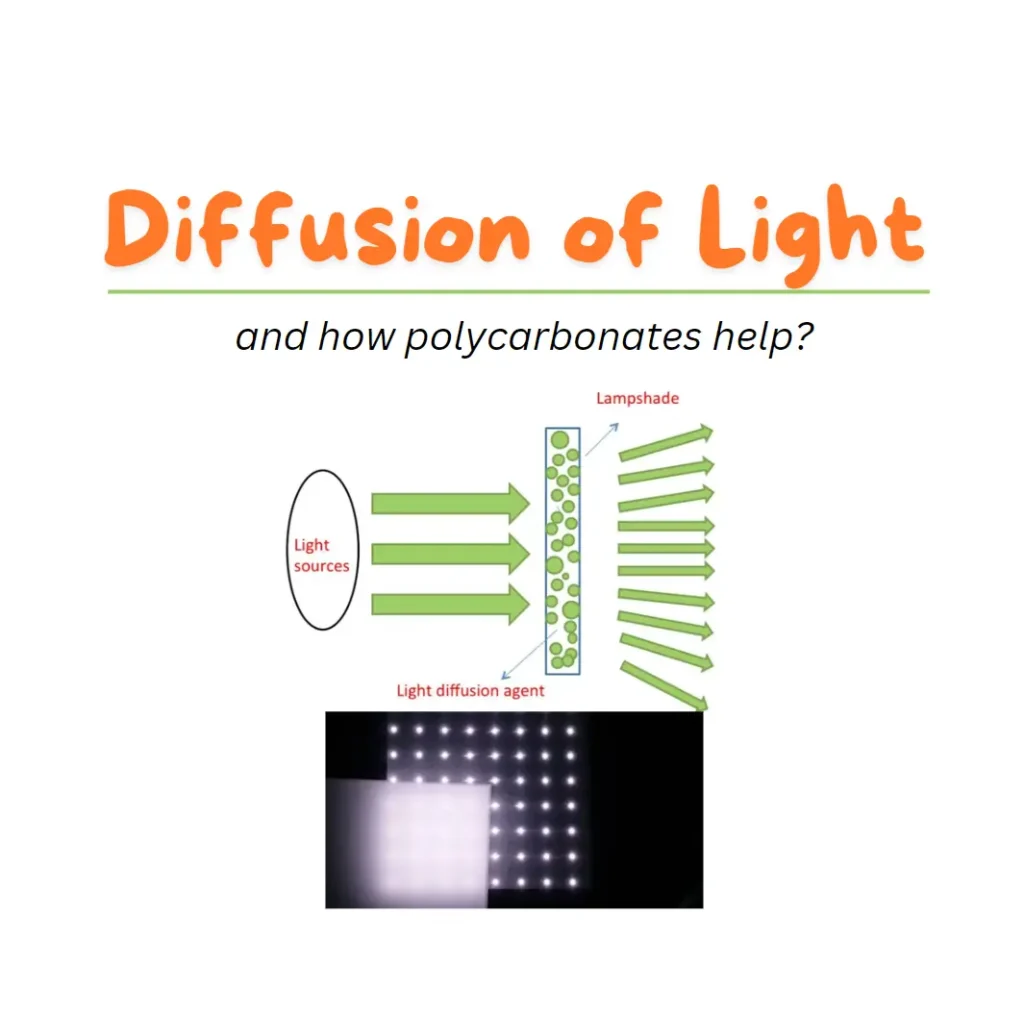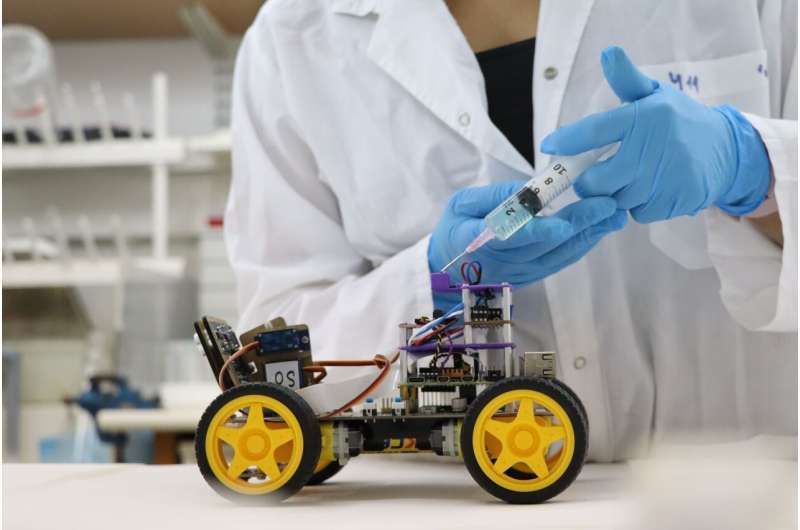In a simple language, light diffusion is nothing but making the light spread to a larger area in a more even way rather than just focusing on a specific area. Historically, glass is used as a light diffuser to spread the light from the heated filament behind.
How is light produced in a bulb?
The filament is a thin wire made of tungsten that’s heated by an electric current. When it gets hot, the metal glows and emits light that’s similar to a continuous spectrum. Most of the energy emitted is in the near-infrared wavelengths, but a significant amount is visible light.
The filament’s temperature is very high, generally over 2,000º C, or 3,600º F. In a “standard” 60-, 75-, or 100-Watt bulb, the filament temperature is roughly 2,550º C, or roughly 4,600º F. At high temperatures like this, the thermal radiation from the filament includes a significant amount of visible light.
Why is diffusion required?
In simple terms, diffusion is required to illuminate a large area such as a room. Also, the light from the filament can be very harsh to the human eye and can be very distracting. Therefore, we use techniques of light diffusion to produce a calmer and softer glow that can spread over a larger area. An even distribution of light is achieved using this technique. A light diffuser provides relief and gives a cozier feeling in the house.
Hard Light vs. Soft Light
Hard light, or direct light, creates high-contrast scenes with harsh shadows and sharp, bright highlights. For instance, direct sunlight on a cloudless afternoon is hard light. While the rays of hard light are direct, soft light has scattered rays. Either can be used as a directional light (light that hits a subject at an angle other than 90 or 270 degrees), but when a soft light source hits a subject from a lower angle it leads to lower-contrast images.
Source: Adobe
What are the materials used in light diffusion?
While glass was used traditionally, in recent times, polycarbonate sheets are used as diffusers. They are very strong as material, extremely heat resistant, and can diffuse light very well. Therefore, due to the material’s properties and flexibility polycarbonates are used more these days as a diffusion material.
Polycarbonate light diffuser sheet is commonly used to cover LED lights, DIY lights, office lamps, kitchen lamps, and fluorescent lights. This is essentially thermoplastic that is designed for use in reflectors, lensors, and diffusers. Polycarbonate can be molded into sheets or thin films that can be easily portable.
Advantages of Polycarbonate diffuser sheets for lights or lamps
Increased Strength and Toughness
Because of its high strength and elastic coefficient, it is nearly unbreakable, ranking higher than glass. It can endure high temperatures. The polycarbonate diffuser is exceptionally tough. Due to its impressive toughness, it has a longer lifespan (over 10 years).
Versatility
Polycarbonate diffusers have outstanding versatility. It’s possible to make complex shapes with it, such as curved light diffusers. Moreover, it can also be sliced, drilled, bent, and carved without breaking.
When using polycarbonate, it is possible to down-gauge or reduce the thickness of a manufactured component in various applications. As a result, materials cost and energy amount are reduced.
Thermal Stability
Polycarbonate resins are more thermally stable than other resins and can tolerate continuous temperatures of up to 120°C. This excellent thermal property has made it more popular and reliable in the crowd.
Optical Property
Because of its exceptional optical properties, Polycarbonate may be compounded to meet particular requirements for a given application. Like transparent polycarbonate resins can achieve light transmission rates of more than 90%.
Polycarbonate resins have excellent light uniformity across the entire surface of the product. As it has contained a light diffusion additive, it can hide the bright LED light source and remove hot spots.
Flexible To Design
One of the best advantages of a polycarbonate diffuser is its design flexibility. Since it has a wide range of goods to satisfy a variety of manufacturing requirements. Besides, during processing, it is very light and thin to treat.
UV Stability
Polycarbonate Diffusers come in UV-stabilized versions that are designed for outdoor use. Furthermore, due to the relative strength of polycarbonate, components can be down-gauged to save weight, energy, and money.
Acrylic vs. Polycarbonate
Acrylic and polycarbonate, as opposed to standard glass, provide a number of advantages that standard glass does not. Increased light filtration, impact resistance, increased strength, and enhanced weight and viscosity flow characteristics are just a few of the benefits. However, there are a few main differences between acrylic and polycarbonate plastics.
Polycarbonate has a heat distortion temperature of 129°C whereas PMMA or acrylic is 93%. Besides, polycarbonate plastic’s UV solar radiation has high sensitivity and you need to have UV absorbers to solve the problem.
Acrylic plastic is one of the most flammable polymers and polycarbonates are inherently fire resistant. Acrylic plastic is a good choice if optical properties are important and a high illuminance level (lux units) is needed. Polycarbonate, on the other hand, would be the only option if the application needs fire resistance because of the high risk of fire.
Overall, polycarbonate diffusers provide soft and diffused light. Most significantly, polycarbonate is a popular material in the LED lighting industry because it is also produced using injection-molding techniques at large economies of scale to make the price very affordable.
Hope this is useful, thank you.
You may like to read: How to Make a Character jump in Scratch?, Best Home Tutors for Kids, & Plant Life Cycle Explained to Kids




